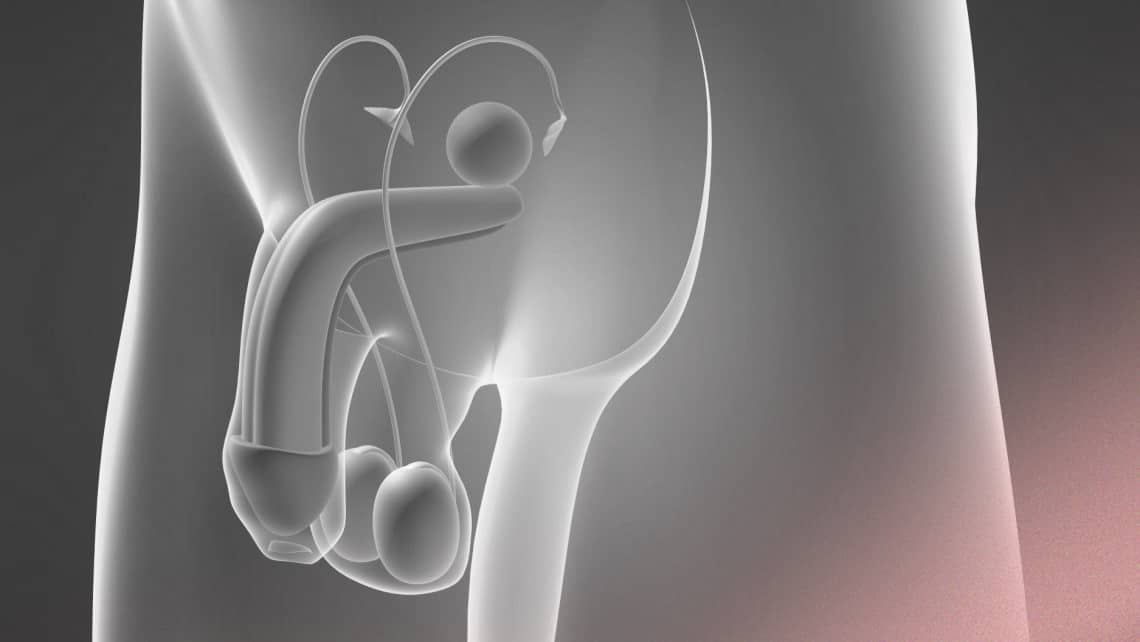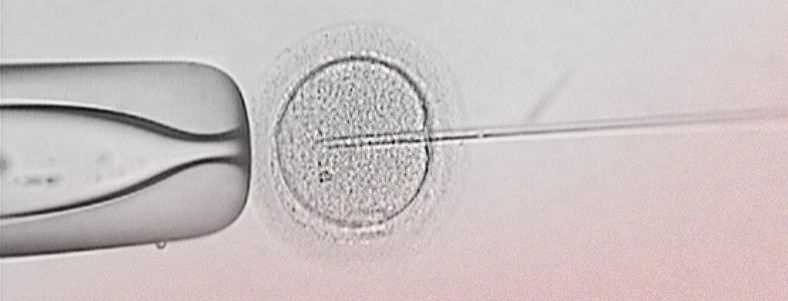
Teratozoospermia and male infertility
Teratozoospermia is an increase in the percentage of abnormal sperm in a sperm sample and it is identified by means of a seminogram or semen analysis.
Índice
When is teratozoospermia considered?
According to the criteria in the 5th edition of the World Health Organisation (WHO), 2010 manual, a man has teratozoospermia when the percentage of normal spermatozoa in the ejaculate is below 4%.
Defects in sperm are classified depending on whether they appear in the head, middle section or tail. In normal sperm:
- The head needs to be perfectly oval
- It should have a single long and completely unravelled tail
- As well as a clearly distinguishable middle section which is slightly thicker than the tail
Causes of Teratozoospermia
Teratozoospermia is a cause of infertility since most abnormal spermatozoa are unable to penetrate an egg. The reasons are not very well understood but it is known that sperm quality can be affected by various factors such as:
- Problems in testicles
- Smoking and an excess consumption of alcohol, cocaine and marijuana
- Varicocele
- Poor diet
- Vasectomies
- Diabetes mellitus
- Fevers
- Chemotherapy and radiotherapy
- Inappropriate habits which increase the temperature in testicles (saunas, tight clothing…)
Treatments to achieve pregnancy with teratozoospermia
Depending on the extent of teratzoospermia, several types of treatment can be contemplated in order to achieve a pregnancy. The most successful of these is ICSI (intracytoplasmic sperm injection) since sperm with the best morphology can be selected and micro-injected into eggs using a microinjectors or micropipettes.

There are some methods which can be used in order to improve semen quality. Amongst the most significant are eating habits. Certain products which are rich in essential amino acids such as L-carnitine and antioxidants, when combined with a healthy lifestyle, help to improve sperm quality.
